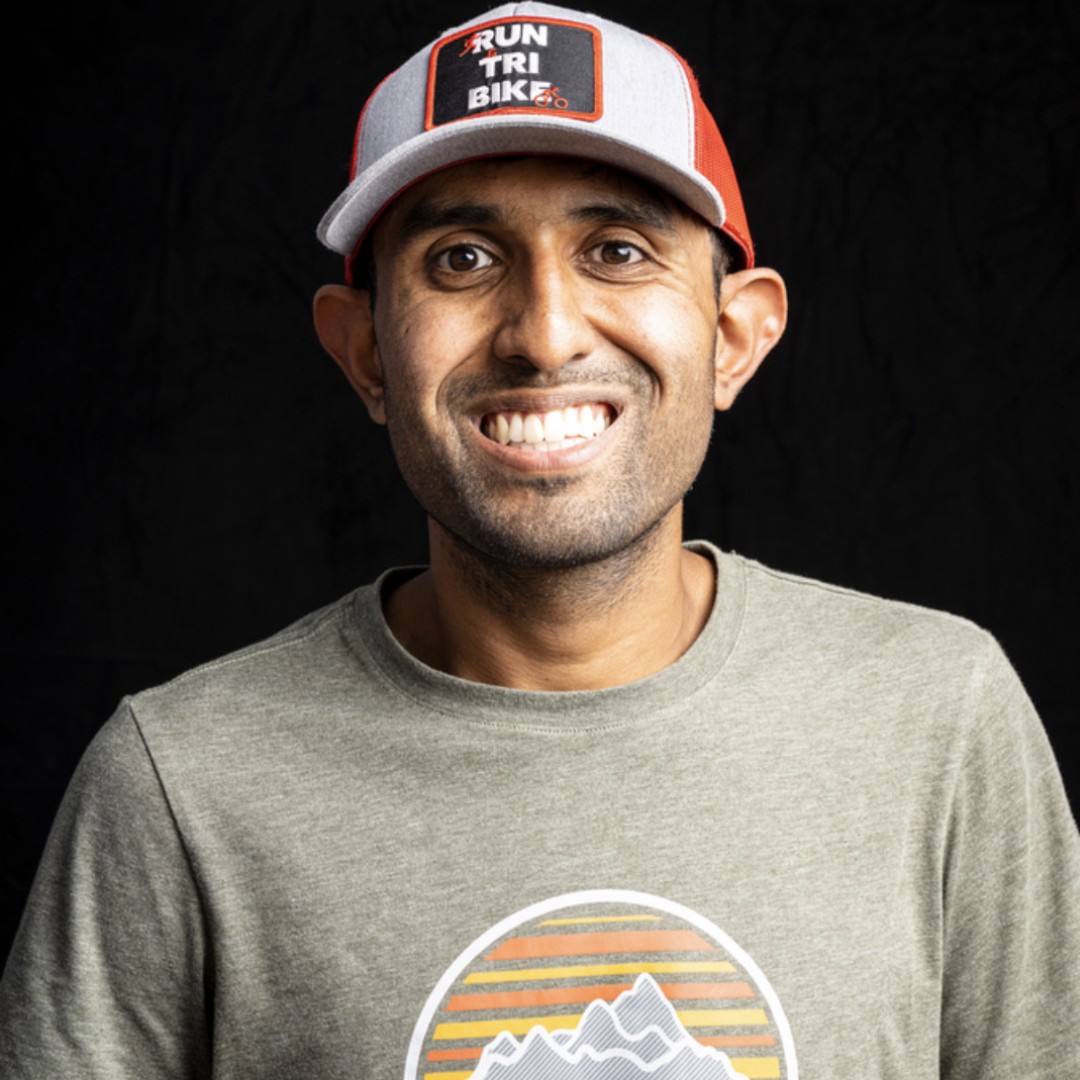Why You Should Fail Big Instead of Win Small

The last three years have been my biggest in terms of growth, in both endurance sports and life. Often, major growth in life comes from adversity. Adversity brings discomfort with it. In hindsight, every major obstacle in our lives has helped us grow as an individual. This is what I call failing big. Now, I’m going to tell you why you should fail big instead of win small to make big strides in life and endurance sports.
Why You Should Fail Big Instead of Win Small
To preface my reasoning, this is all just my opinion. Naturally, everyone will have a different philosophy that works for them because people are just different. There is nothing wrong with calculated steps. In fact, you will see that they are an integral part of the fail big philosophy. In the spirit of that last statement, let’s bring down the fail big philosophy into actionable steps.
- Dream Big. As a kid, I remember having big dreams. Once, I wanted to be an adventurer, exploring different regions on the planet. As we grow up, life happens and tries to bring our dreams back to reality. During this process of tear down, plenty of factors come into play to rain on your proverbial parade. These factors could be upbringing, community, pragmatism, and projections. Today, I am still trying to be an adventurer through endurance sports. Find that big dream and commit to it with child-like excitement.
- Commit to the Dream. Once you commit, that dream becomes a big goal. Often, that goal is going to look like Mt. Everest, the Ultra Trail Mont Blanc, or perhaps finally writing that fiction novel. Immediately, don’t deny the emotions. Feel all the things. Remember, it’s a big goal. It’s supposed to be scary. For example, I committed to my first 100-miler nine months before. The most I had ever ran was 16 miles on the road. Be scared!
- Actionable Items. Now, this is the part where you turn the dream into a goal. In example, the dream is filling your vessel with water. Your commitment is the bucket. The actionable steps you take are the drops of water that fill the bucket. Once the bucket is filled, you will take it with you to your village. For my 100 mile race, I started etching out a training plan through research. I planned long runs, workouts, and training races. The experience I gained eventually helped me understand the type of coaching philosophy I needed from an ultra running coach. Pave the way with little actionable items!
- Take the Leap. Sometimes, you won’t know if you have enough water in your bucket until you bring it back to your village. While actionable items help, the uncertainty is always going to be there. Of course, you’re here for the uncertainty. That’s where the growth lies. So take the leap.
- Failure is Forward Momentum. Of the seven ultramarathons I’ve done since February, I couldn’t finish three of them. I failed. However, if you ask me where I’ve grown the most, it’s during those failures. Oftentimes, we envision failure as falling down. Try envisioning it as a stepping stone. Imagine yourself taking a leap on to that race where you failed. Ow! The landing hurts. Now, you can choose to fall down or you can choose to leap again to the next thing. For example, I dropped out of the Antelope 100-miler in March at the 64th mile due to an injury. Just four weeks later, I finished the Zion 100-miler. In my mind, I reframed the Antelope 100 as a training race. That’s why you should fail big instead of win small.
Failing Big versus Winning Small. Which path are you going to take? As a lot of successful athletes, business and community leaders will tell you, failing is the key to success.
Advertisement

Aum Gandhi is a social media manager, content writer, and co-owner of Run Tri Bike. An active ultrarunner, Aum has a palpable love for the sport and the trail community. His purpose in all his professional and personal activities is to inspire others by leaving a positive impact. Aum maintains a personal blog on his website in which he shares both his running exploits and features of energizing endurance athletes to all audiences. In his free time, you’d probably catch Aum reading, crewing at races, playing video games, out on the trails, or watching NBA Basketball.








